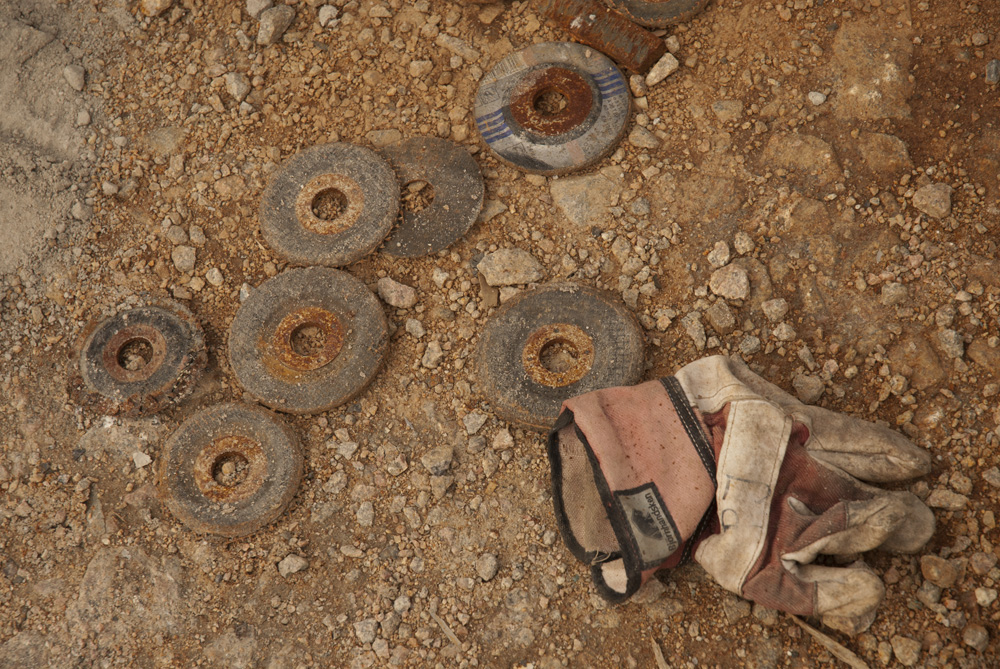

Whether designing site-based projects (ports, harbors, airports, sports complexes or shopping malls) or linear projects (roads, railways, waterways, or pipelines), one thing that all civil infrastructure projects have in common is that they all follow the complete project lifecycle. From planning and feasibility analysis, through civil design and construction, and on through to the maintenance and operation of the project, these projects are complex and require seamless collaboration.
Contributors to civil infrastructure projects are diverse. More and more of these project types are being built under the Public, Private Partnership process (PPP). In this case, the Owner, Engineers and Contractors form a consortium for the lifecycle of the project and work collaboratively to deliver the best value for the Owner, and take a share in the profits as well as the risks of the project. With a mutual investment from all stakeholders in a PPP, and the need to operate and maintain the infrastructure, there are greater demands for superior project quality to mitigate the costs associated with maintaining the asset over the operating contract lifecycle.
Using BIM, model-based construction can eliminate waste by identifying clashes, planning for construction sequencing problems, and better planning and scheduling processes. The connection between project collaborators around the BIM model and construction processes has never been more important, driving changes in the industry that streamline processes that call for a common and living model throughout the continuum that is used by all stakeholders, and all assets that are carrying out the construction efforts.


